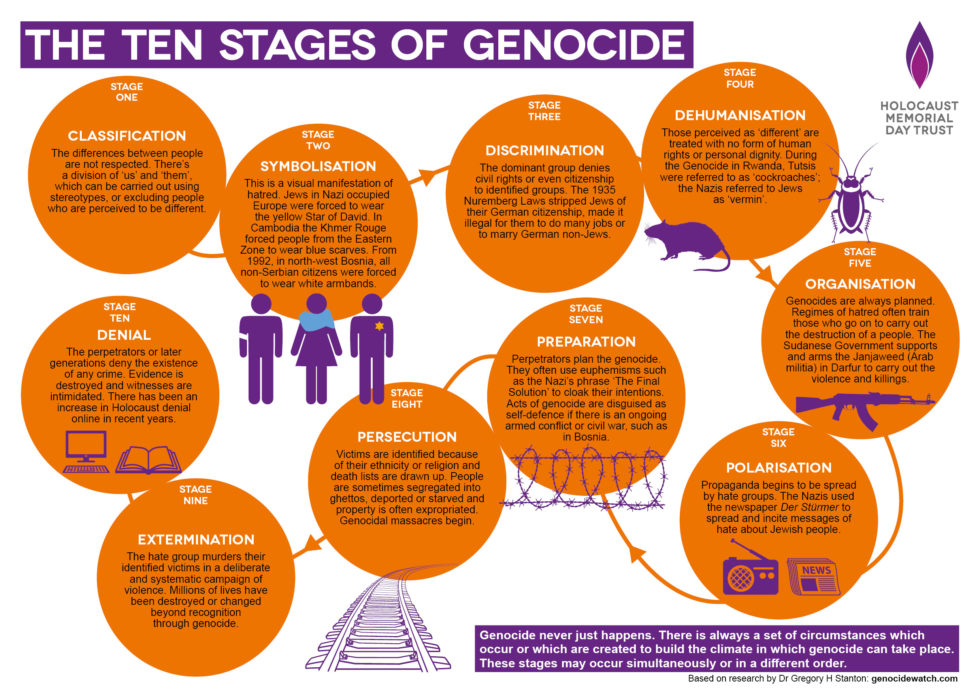Today, after 4 hours sleep, you head to work in the scrubs you wore yesterday and maybe the day before. You had slept fitfully, thankfully no nightmares. You look down at your hands and try remove the crud collected under fingernails.
Outside in the distance you can hear the heavy thump of artillery and the rapid staccato of machine guns. Overhead a rhythmic thump of helicopter blades. “Incoming” is a thought that comes to mind before you realise you last watches MASH 20 years ago. You can pick out the higher pitched noise of surveillance drone. Well not just surveillance as some also carry weapons, capable of being remotely fired from across the wall in an airconditioned room by someone who probably had a shower and decent breakfast.
Ahead, down the corridor you hear yells and cries. An explosion sounded very near, the building shook. Turning a corner corridor that leads to the emergency room, the noise increased. Patients, some of who you recognise from the previous day, lay on thin mattress covered with sheets, some stained with blood. Mother’, wives, fathers, husbands and children sit accompanying the injured.
Almost into the emergency room, there is another blast, more gunshots nearer. There is a hiss of water leaking from pipes, dust fills the air, panels hang from the ceiling the floor is dirty. Voices cry out for help. Someone lies unmoving next to broken window. Outside the window you see movement and flashes of light, sounds of gunshots. You duck instinctively. Your say to yourself “I wasn’t trained for this.”

from https://www.commondreams.org/tag/nasser-hospital
Another doctor spots you and yells to come over to a bed where two nurses are doing CPR. You see a missing leg. In your mind you know that without blood, an operating theatre, drugs that CPR will be futile but you join in but realise quickly, that it is indeed futile. Shaking your head, you look at a person nearby crying. “Ana asef”
Your day has begun again in a hospital under attack, a place that under international rules should be a sanctuary, a place of healing where suffering can be relieved, not inflicted. More explosions and gunfire. More noise.
This is a brief work of fiction but based on what is happening in Gaza to other doctors….
https://www.theguardian.com/world/2024/feb/15/israeli-troops-raid-nasser-hospital-southern-gaza
If you rather read the experience of doctors who are actually working in Gaza here is a link to two reports.
The international medical humanitarian organization Doctors Without Borders/Médecins Sans Frontières (MSF) strongly condemns the decision by Israeli forces to issue an evacuation order to thousands of displaced Palestinians who have sought safety from the conflict inside Nasser Hospital in Khan Younis.
https://www.doctorswithoutborders.org/latest/gaza-msf-condemns-israels-forced-evacuation-nasser-hospital
“On my last day, as I returned to the guest house where locals knew foreigners were staying, a young boy ran up and handed me a small gift. It was a rock from the beach, with an Arabic inscription written with a marker: “From Gaza, With Love, Despite the Pain.”
https://www.latimes.com/opinion/story/2024-02-16/rafah-gaza-hospitals-surgery-israel-bombing-ground-offensive-children
In this video, Australian healthcare workers take you on a tour through the hospitals of Gaza. It’s devastating and unacceptable.
https://www.instagram.com/reel/C3cVL2iL03U/?utm_source=ig_web_copy_link&igsh=MzRlODBiNWFlZA==















